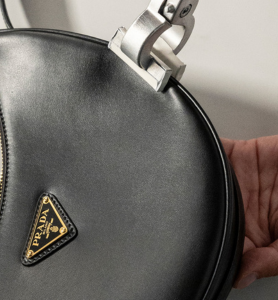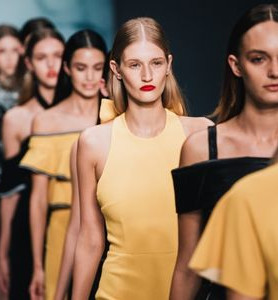Book your flights—Bvlgari’s exquisite new high jewellery exhibition has opened in Japan
In the mid-20th century, while most high jewellers were still designing within the narrow confines of platinum and diamonds, Bvlgari famously broke away. Postwar Italy had become a mecca for reinvention—architecturally, artistically, emotionally—and Bvlgari responded not with restraint, but with colour. Bold, sometimes discordant, always intentional. Amethysts sat next to turquoise; cabochon rubies glowed against yellow gold. The result wasn’t always conventional, but it was unmistakably theirs.
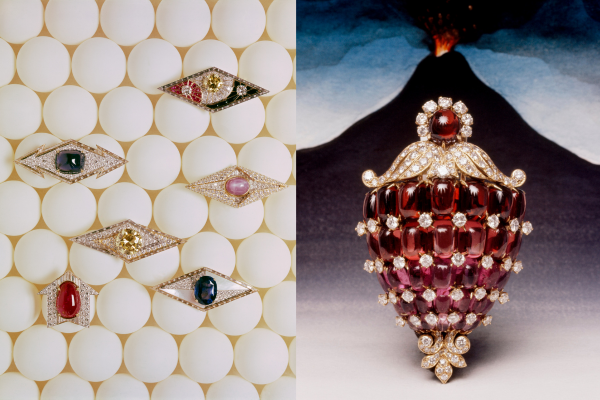
This spirit—one that is rooted in resistance to conformity and a belief in the emotional force of colour—is at the heart of Kaleidos: Colors, Cultures and Crafts, which opened this month at the National Art Center, Tokyo. Running from September 17 to December 15, it’s the house’s most ambitious exhibition in Japan to date, bringing together nearly 350 works that span heritage jewellery, contemporary art, archival documents and immersive installations. But more than a timeline or retrospective, Kaleidos returns to the blueprint: a clear articulation of how Bvlgari sees the world, and why it insists on showing us beauty through colour.
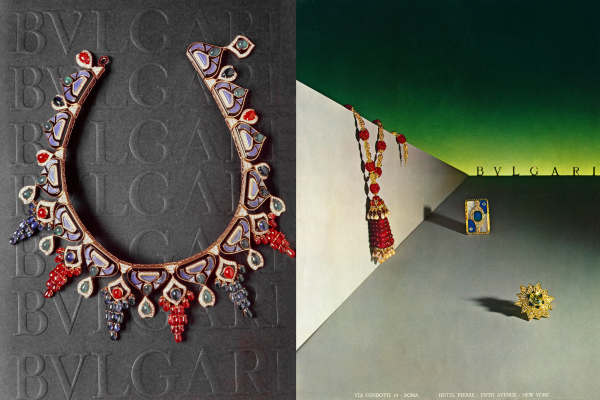
The show’s title references the Greek roots kalos (beauty) and eidos (form), but the kaleidoscope metaphor holds beyond etymology. Here, it becomes a world where meaning is shaped by colour first and everything else—material, provenance, weight—follows. A 1940s citrine bracelet, never before shown outside Italy, is a study in the gold-orange spectrum of Roman sunsets. A 1954 platinum bangle set with rubies and cabochon sapphires hums with high-contrast clarity. There’s nothing timid about the combinations.
The house’s boldness wasn’t just aesthetic. In the 1950s and ‘60s, Bvlgari redefined the hierarchy of preciousness. Stones once seen as semi-precious—citrine, turquoise, tourmaline—were elevated, not because of their market value but for their intensity and tonal energy. The brand’s embrace of colour as central to design, rather than decorative, gave its work a sensibility closer to painting than to traditional jewellery. It also shifted the conversation around what jewellery could express. A necklace wasn’t just an heirloom; it was a mood, a provocation, a portrait of the person wearing it.
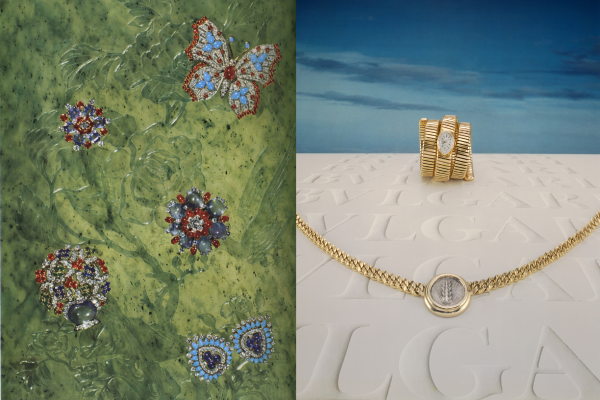
When it comes to he exhibition is divided into three sections, each exploring different aspects of how colour functions. The first is technical—looking at how gem combinations affect perception. The second is cultural, charting how colour carries symbolism across time and geography. And the third is concerned with light, reflecting on how metal, stone, and movement interact to change the way we see.
Among the most compelling inclusions are works by three contemporary women artists: Mariko Mori, Lara Favaretto and Akiko Nakayama. Their installations aren’t simply decorative—they offer alternative interpretations of colour as experience. Nakayama’s Echo uses fluid pigment, sound, and light to create paintings that shift in real time. Favaretto’s Simple Couples turns industrial car-wash brushes into kinetic, candy-hued sculpture.
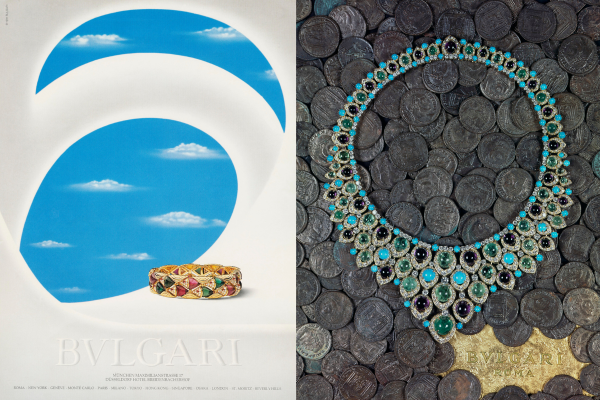
That Bvlgari chose Tokyo for this exhibition isn’t incidental. There’s a shared precision between Japanese and Italian craft traditions, a mutual respect for discipline and detail. But there’s also something else: an openness to visual complexity. The show doesn’t aim to convince you of Bvlgari’s legacy, because it knows that you’ll feel it.



